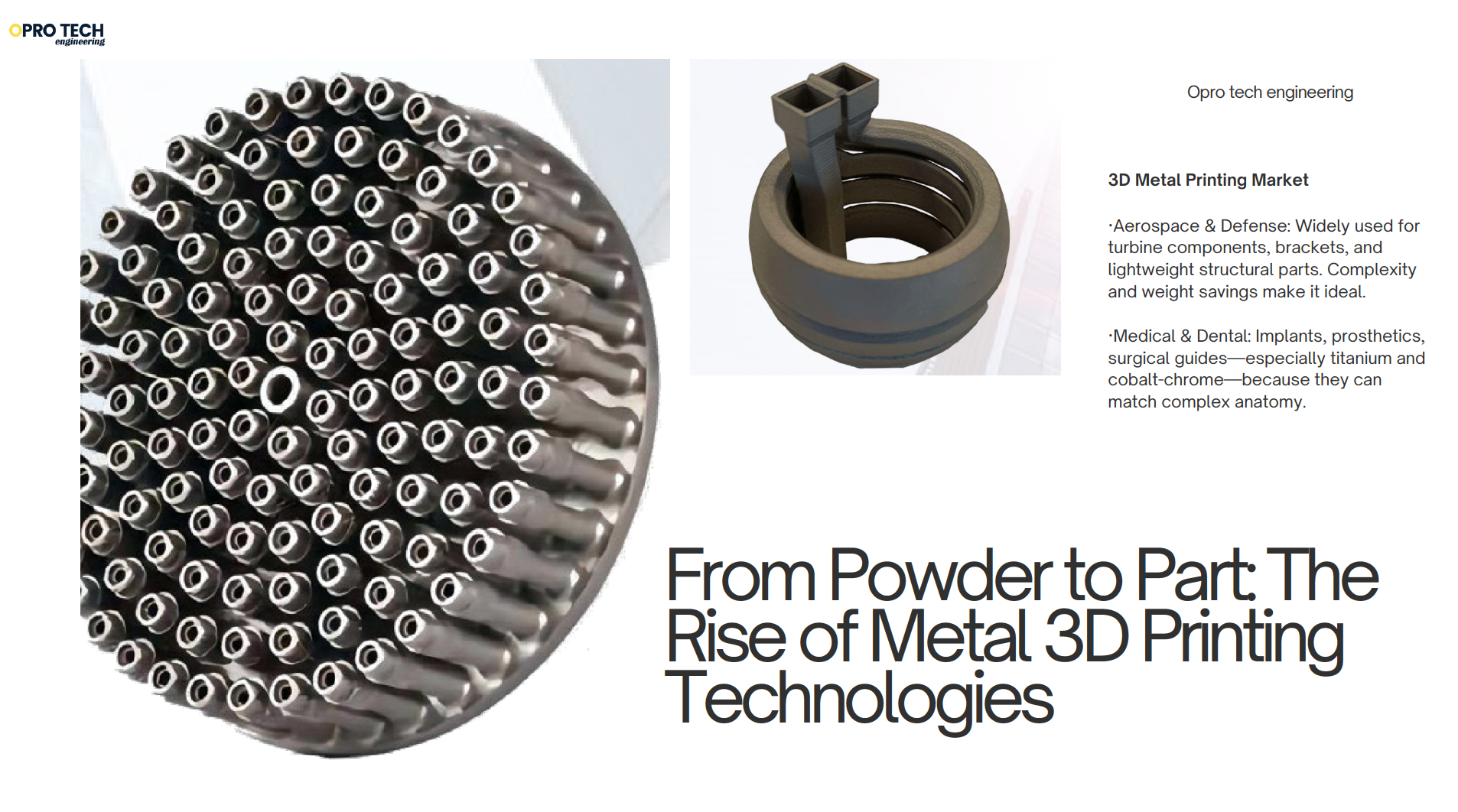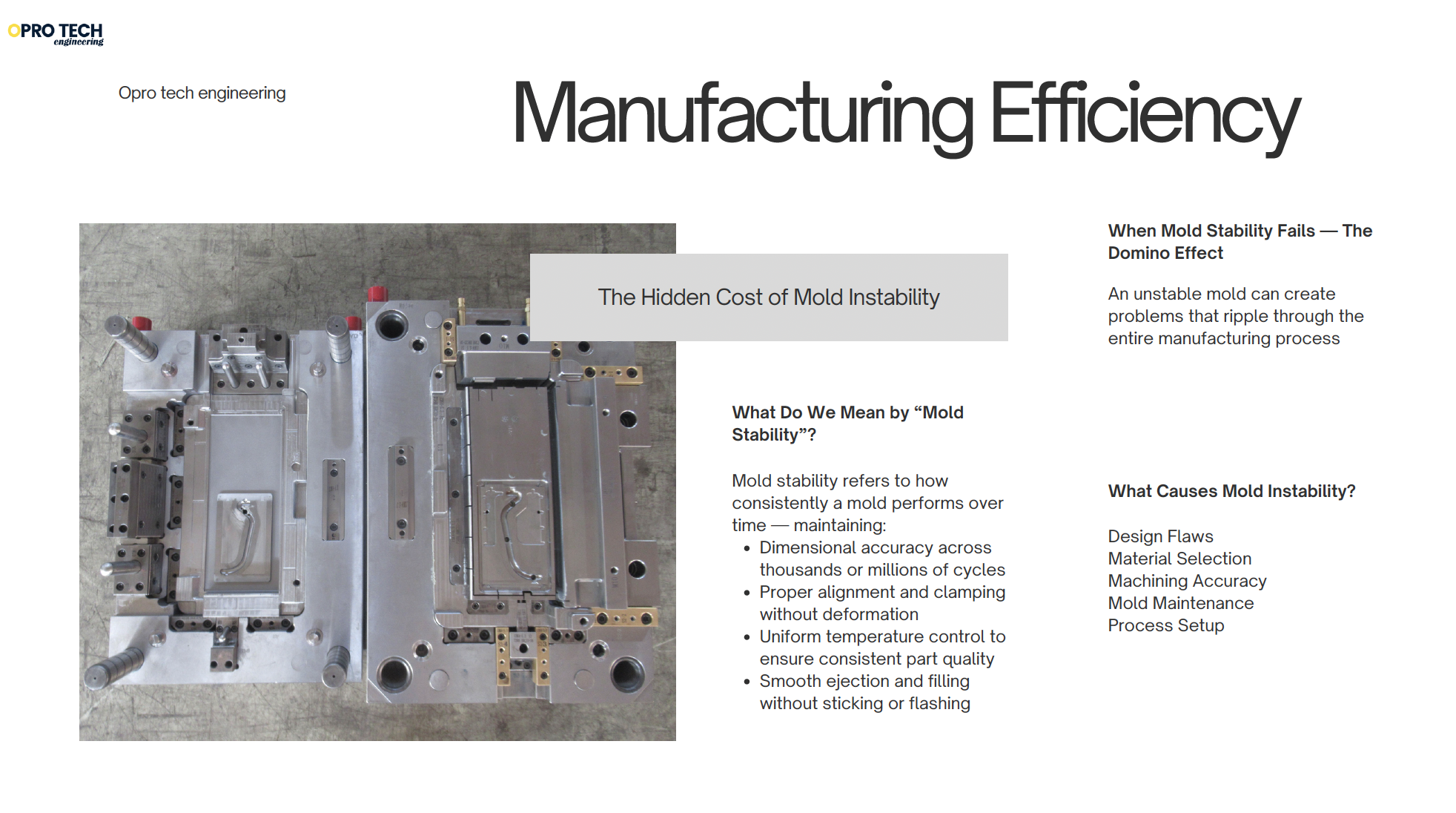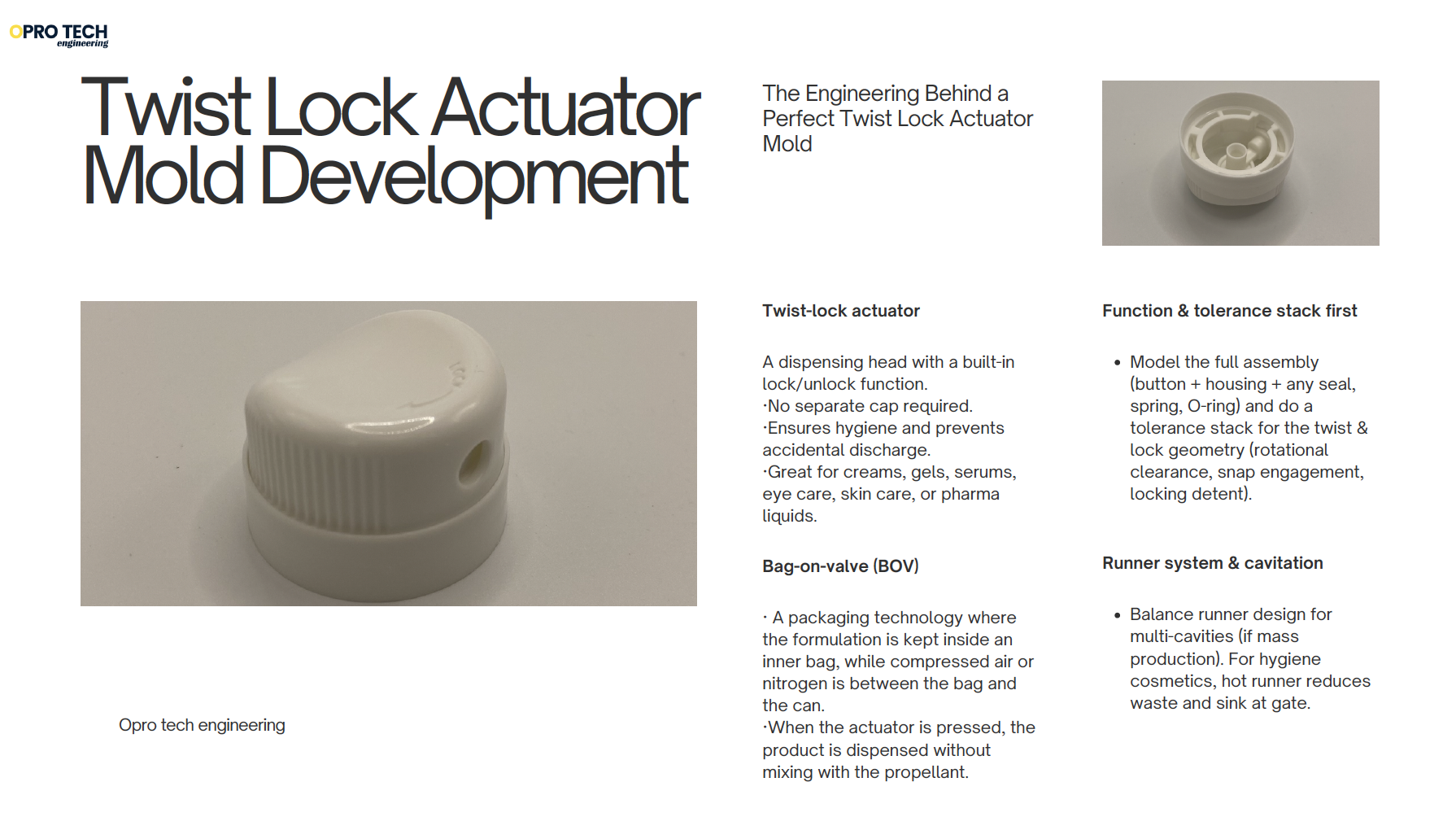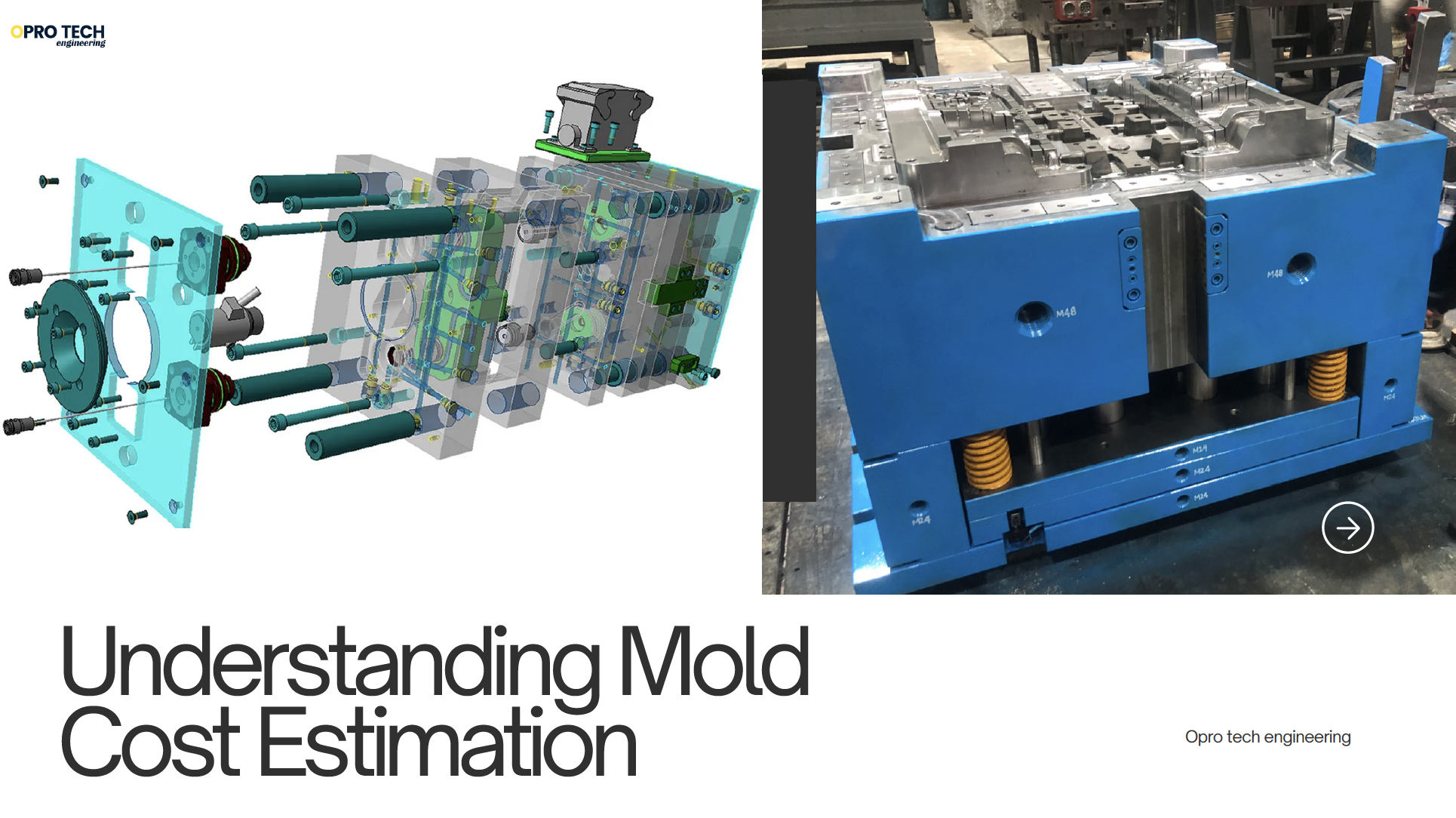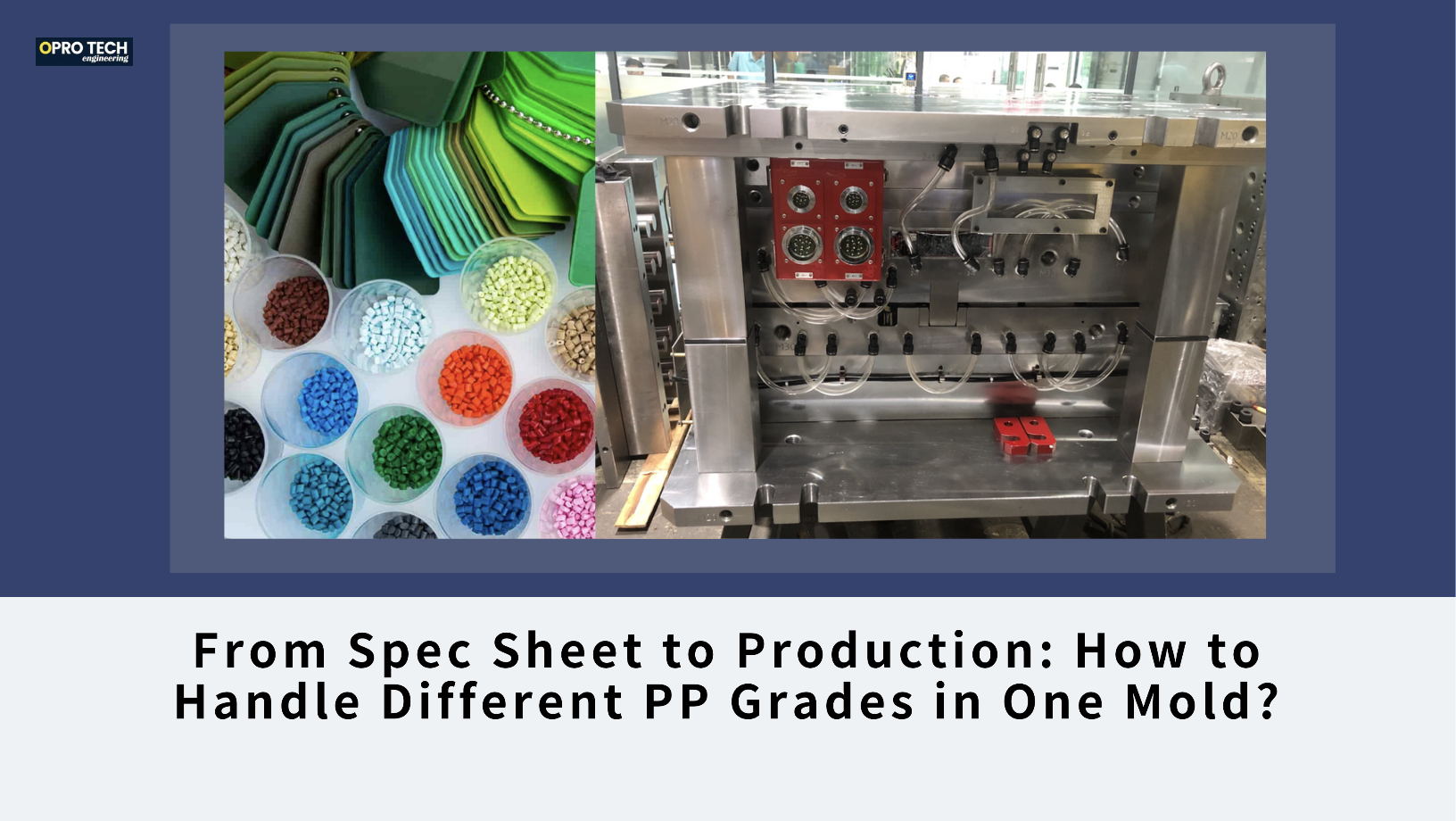How to Choose the Right Mold Manufacturer: A Complete Guide for Sustainable Growth
In today’s competitive manufacturing world, choosing the right mold manufacturer is no longer just a purchasing decision — it’s a strategic partnership that directly shapes your product quality, cost...

